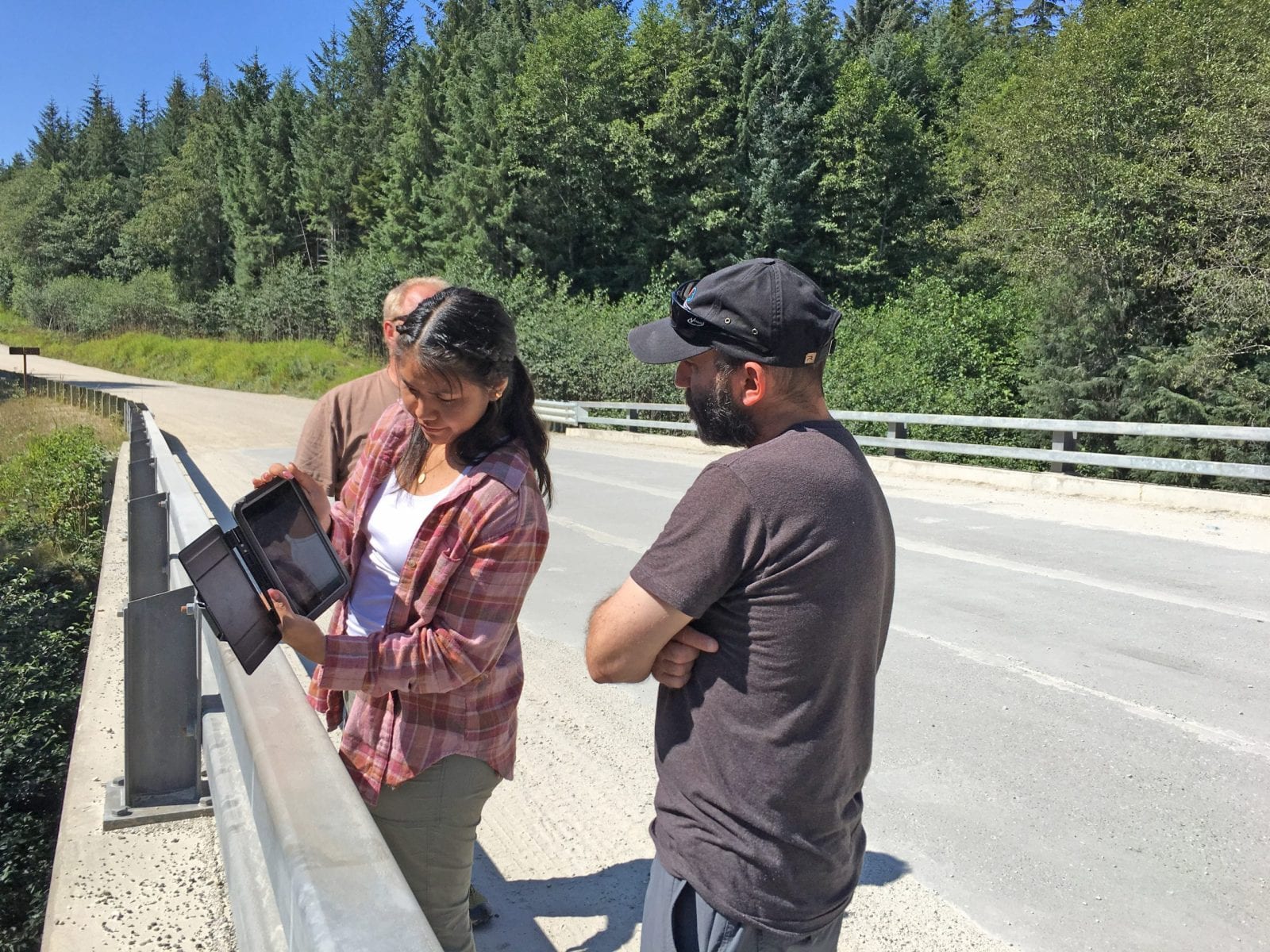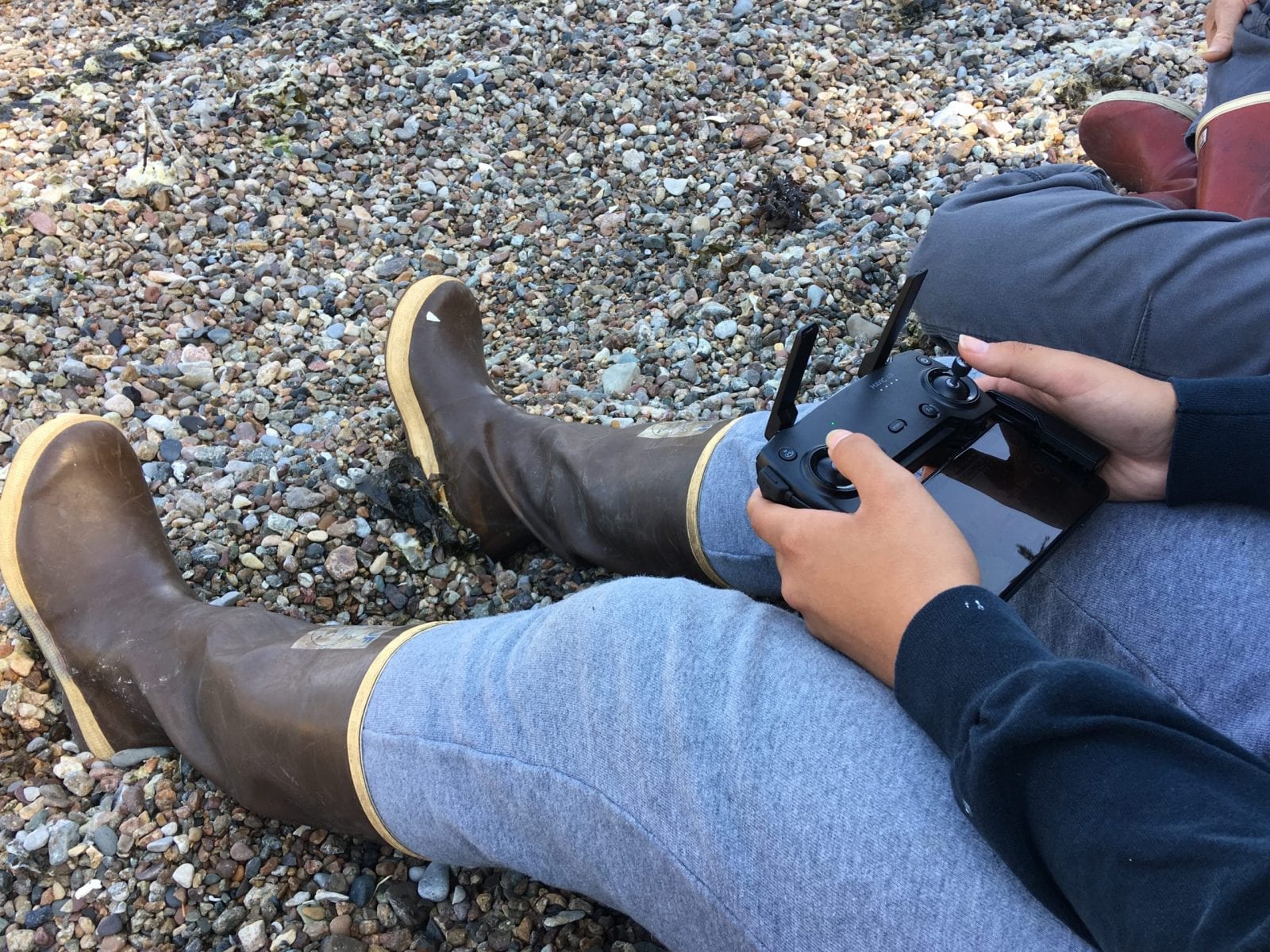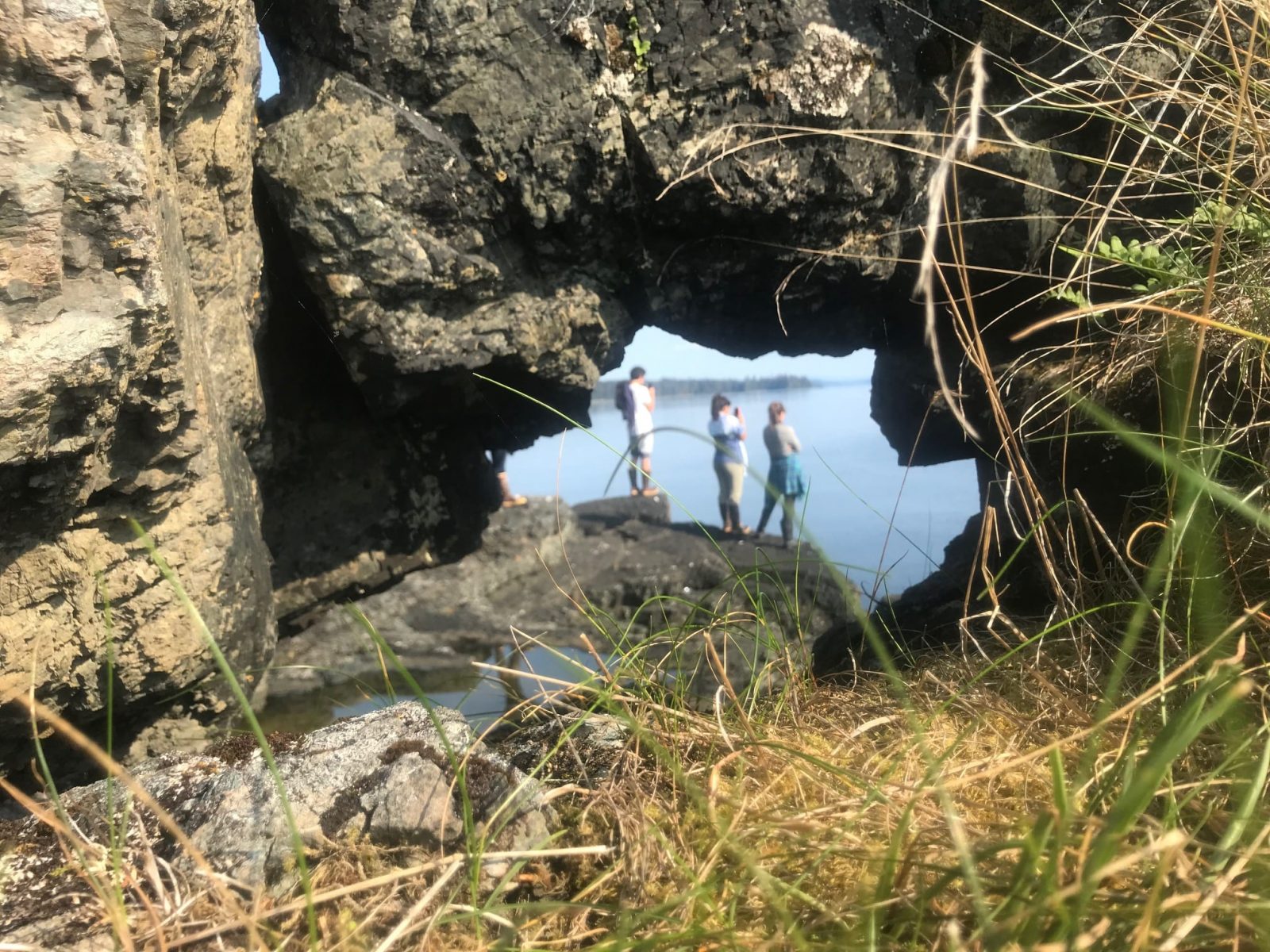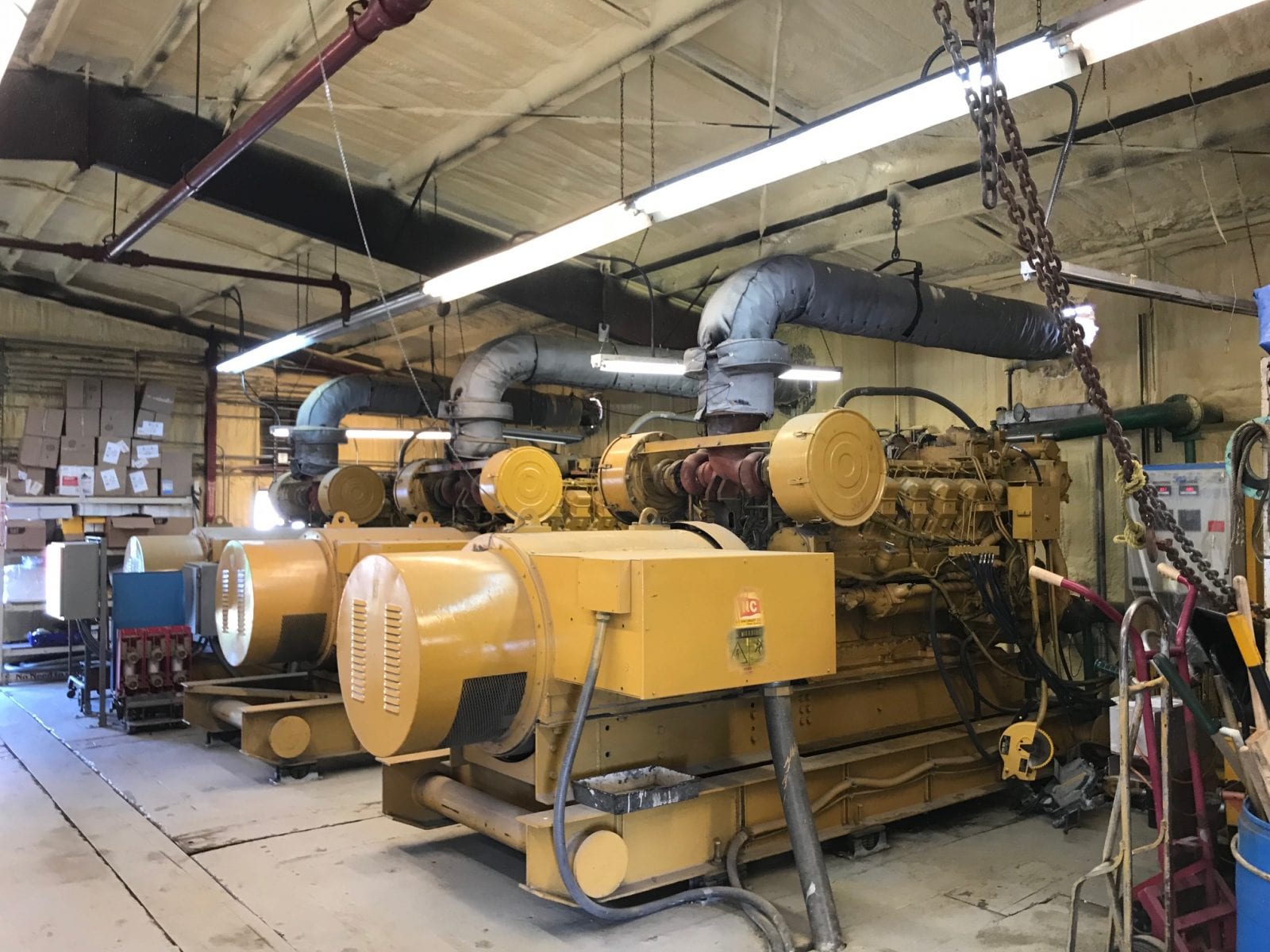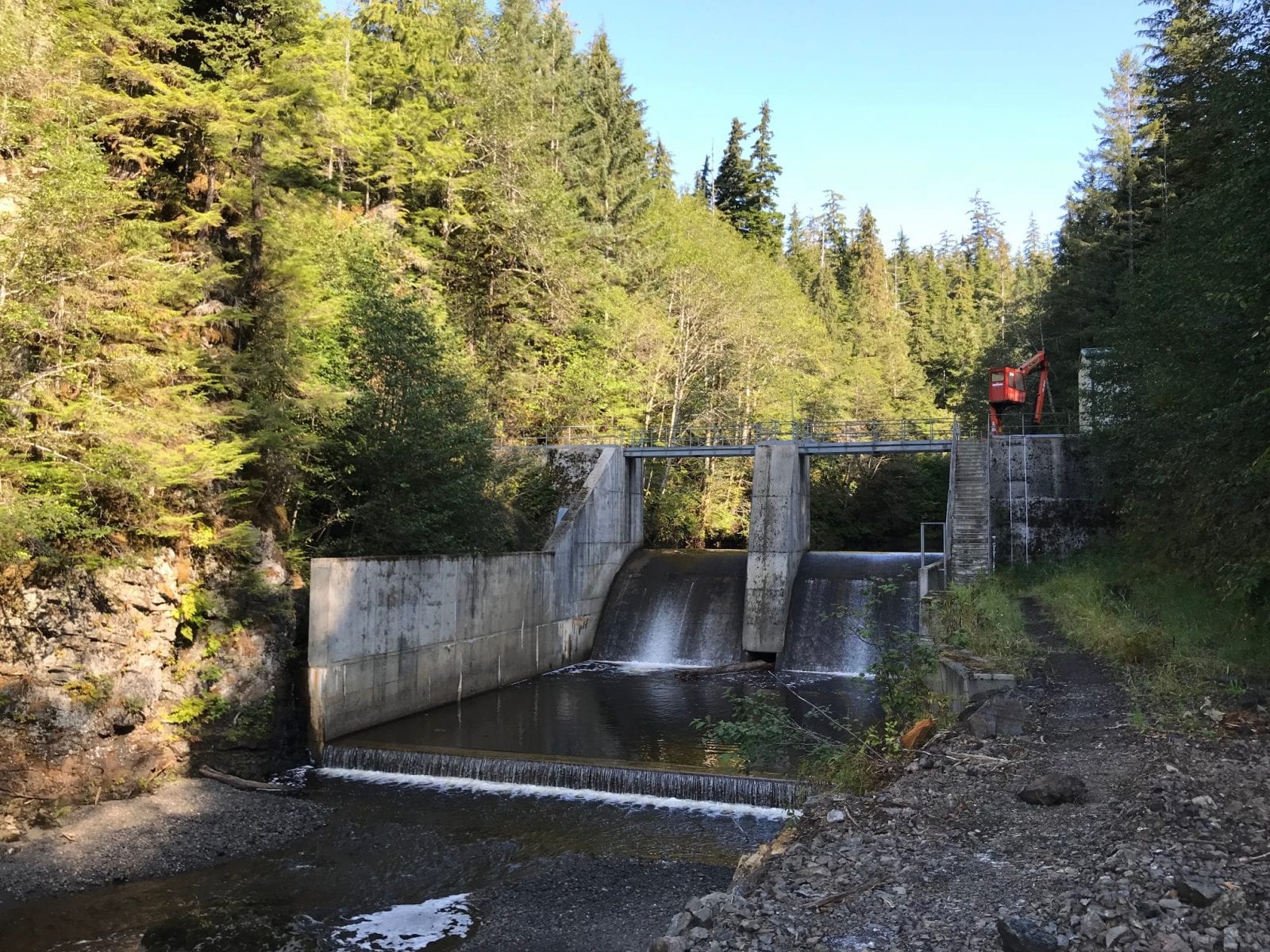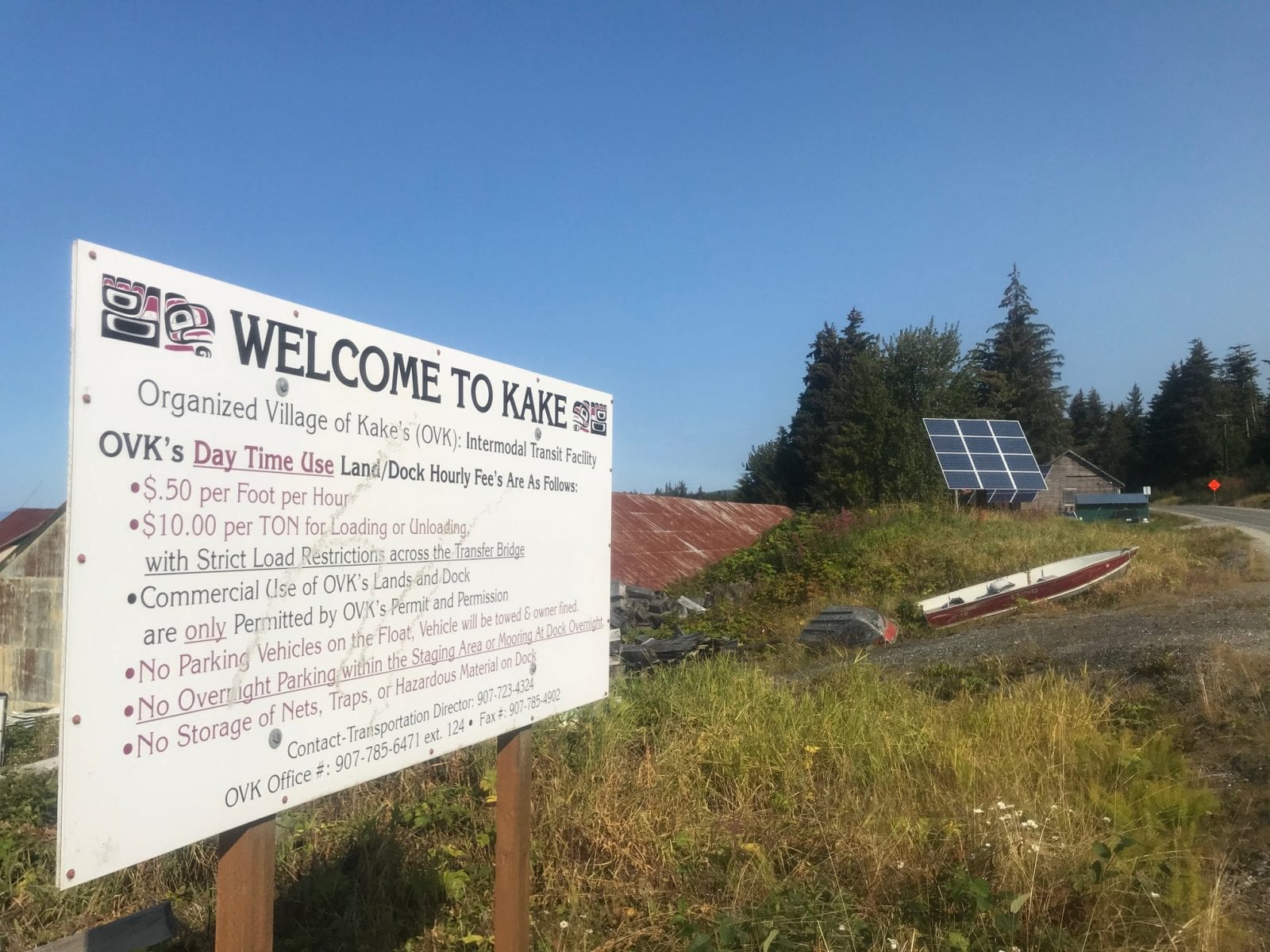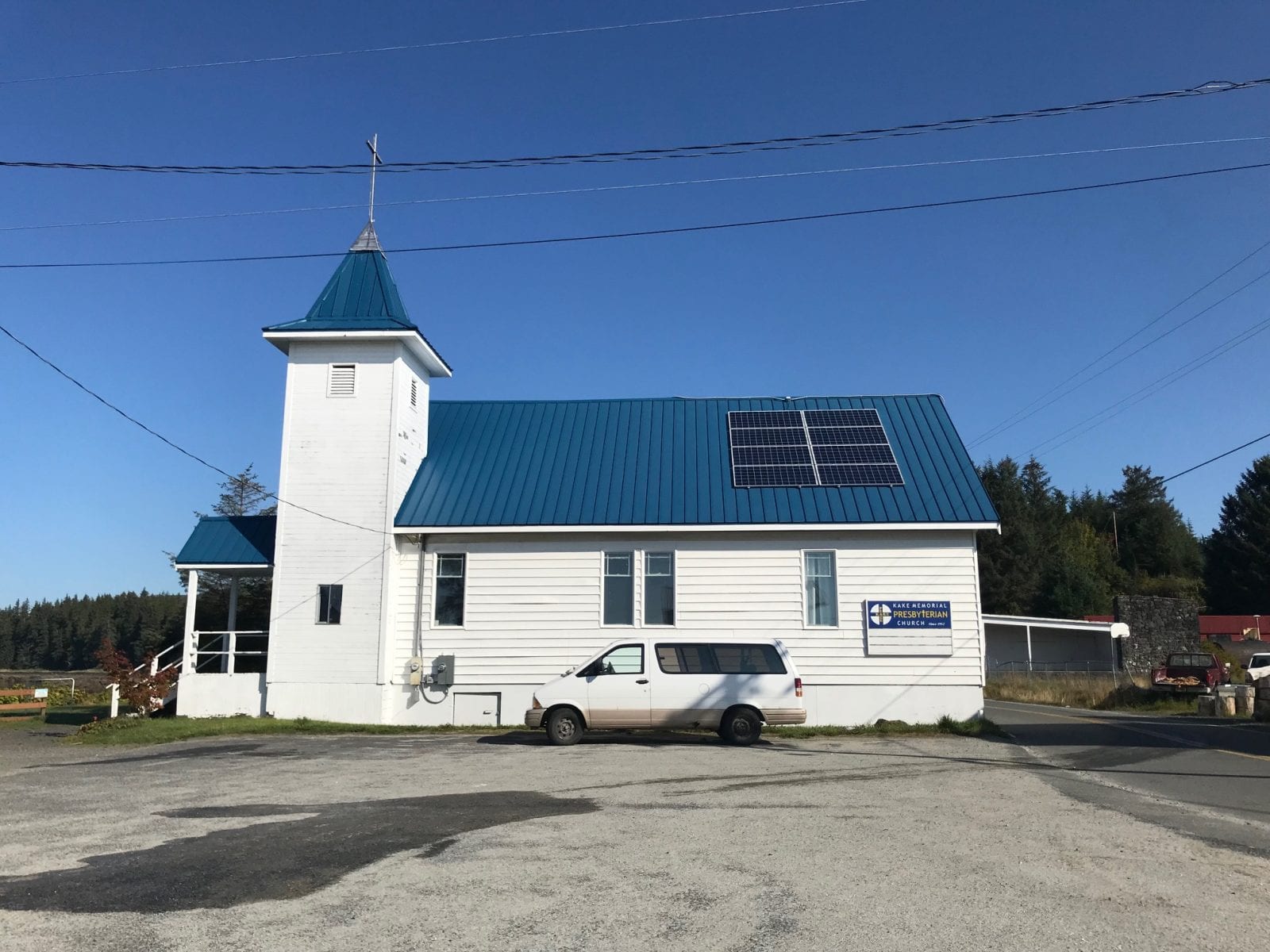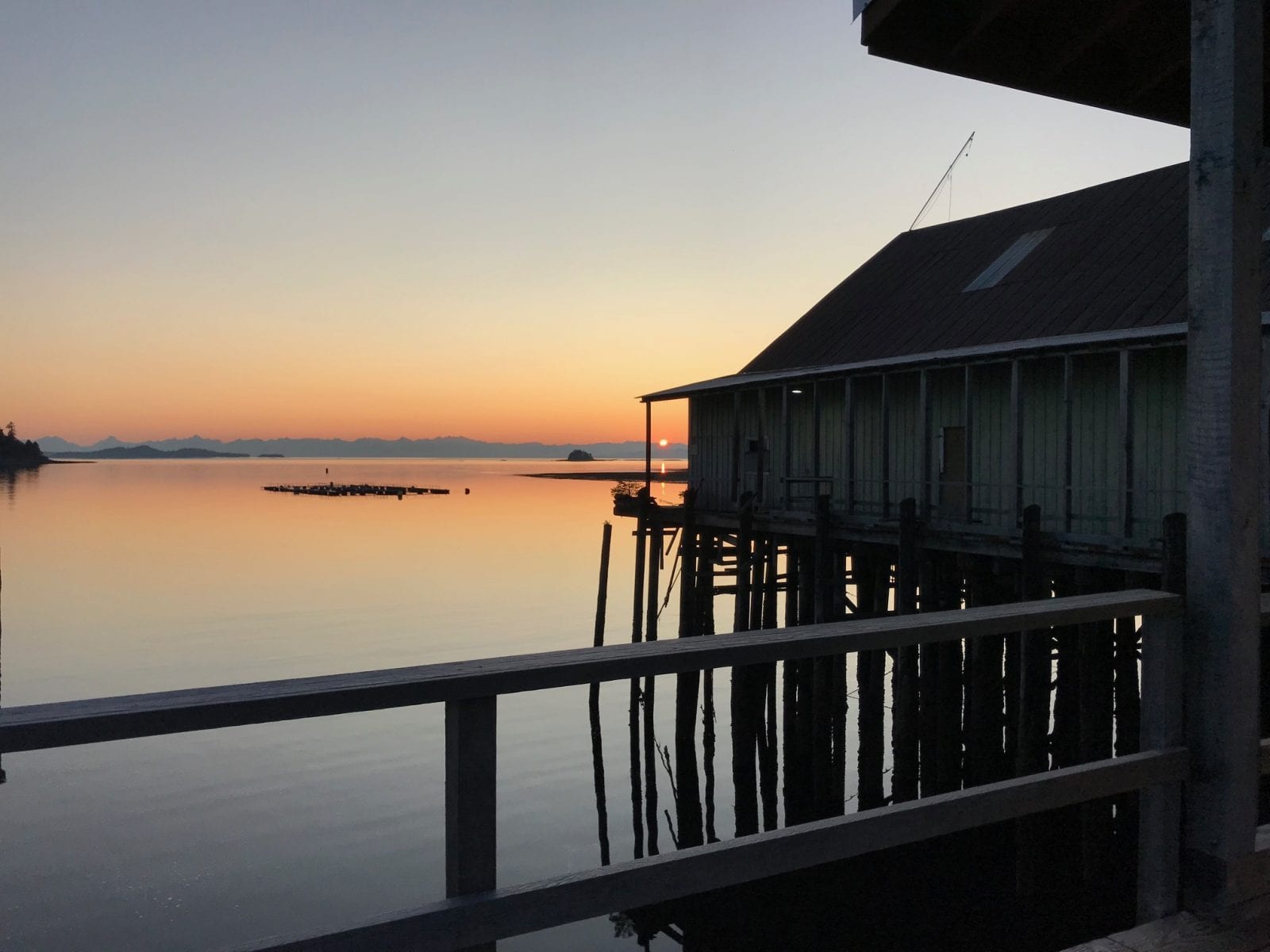Keex’ – The Opening of Daylight
Keex’ derives its very name – the opening of daylight – from the fact that it enjoys spectacular solar aspect – the sun daily arcing across Keex’s wide horizon – a rarity in mountainous SE.
That fact, accompanied by the high cost of electricity, may account for the recent bloom of solar panels (photovoltaics) cropping up across the community – providing power for churches, tribal buildings and residents all looking to reduce their power costs while creating energy independence.
Keex’ Warms Up to Biomass Heat
Surrounded by thousands of acres of biomass wood resources located along hundreds of miles of logging roads, Keex’ is uniquely situated to improve the health and utility of their recovering local forests, while creating local jobs and a sustainable source of renewable heating energy.
Keex’ leaders are warming up to developing their biomass potential in order to heat a number of their larger public buildings, annually displacing many thousands of gallons of imported heating oil.
The biomass district heating facility is fully designed and awaits next steps, including establishing a wood supply plan and securing construction funds. When completed, the facility will supply renewable heat for the Keex’ School, Senior Center, Health Clinic, Community Center, Teen Center and Public Safety buildings from locally-sourced waste wood and sawmill residuals instead of heating oil.

